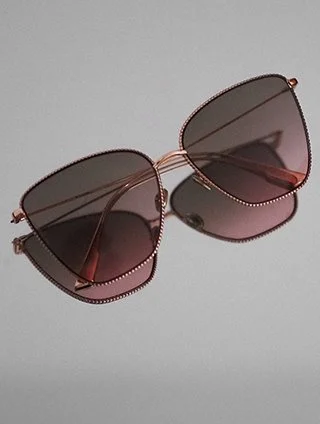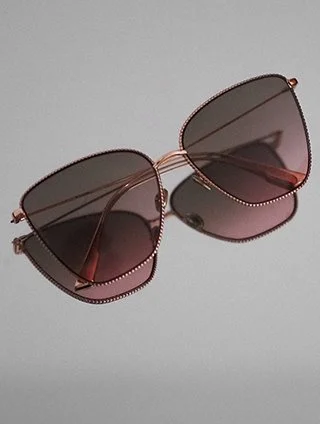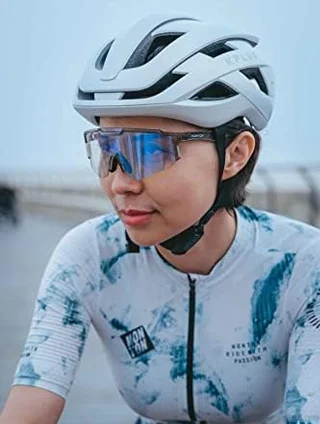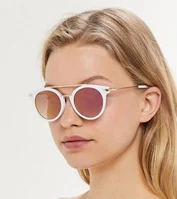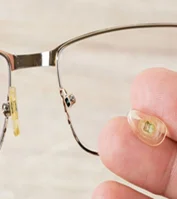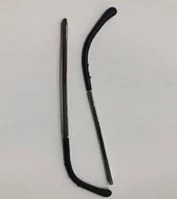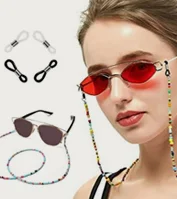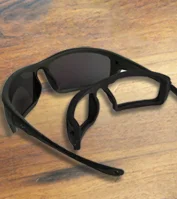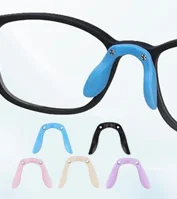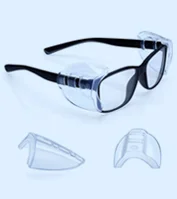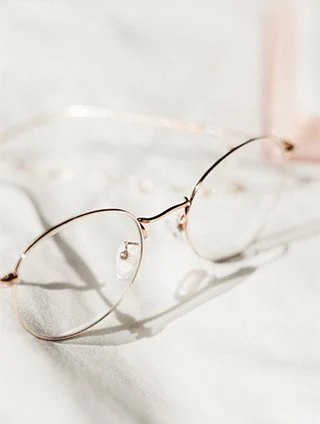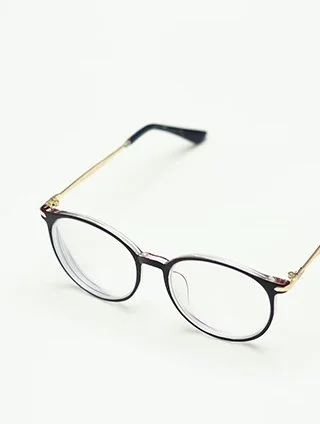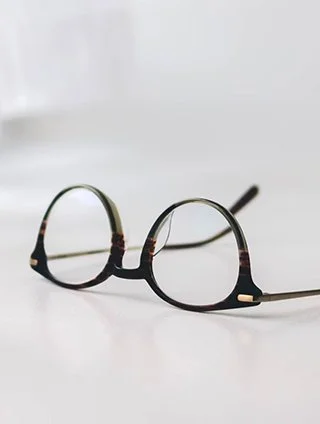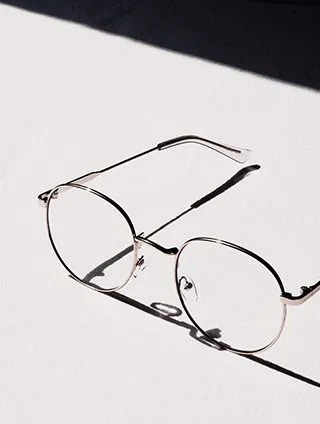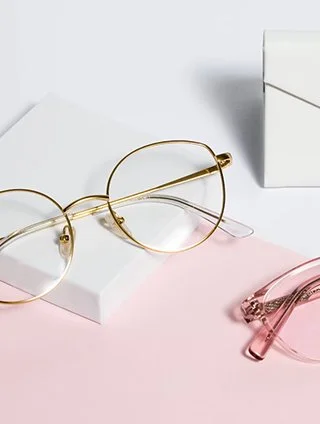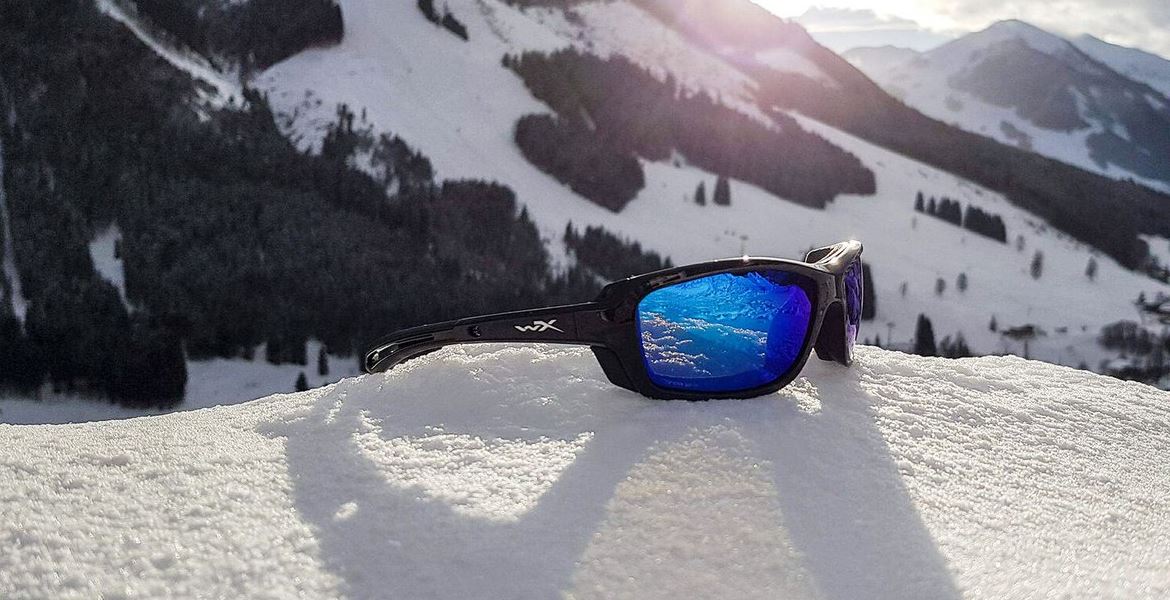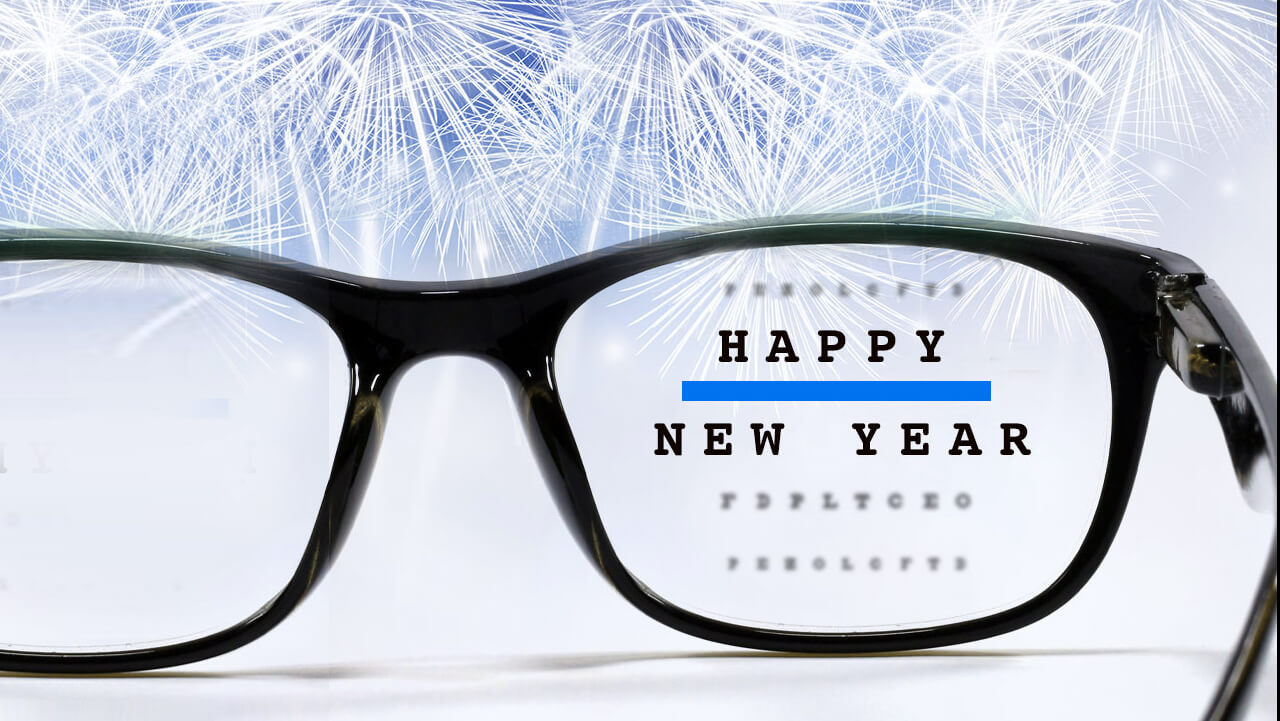Last updated: Wednesday, February 19, 2025
If you’re planning on a skiing venture along the slopes or an excursion on a freezing day, then this guide is for you. Prescription Safety glasses offer you a multitude of benefits in cold weather as well. They help you to keep away from incurring gutting eye injuries under prevailing frigid working conditions. It’s often easy to ignore the precautions which could result in eye maladies. The typical cold weather poses great challenges to one’s safety. For instance, projectiles of snow particles can penetrate the unguarded cornea resulting in injuries. Harsh & cold winds aggravate dryness & discomfort in the eyes. Thus, here are a few tips to help you choose your gear for eye protection in winter.
Robustness
Contemporary safety glasses must meet ANSI Z87.1 standards to testify to their durability. This is important to guard against hazards in winter. In case of an inadvertent slip or a fall on a hard surface, the durability of glasses can play a key role. Also, the thickness of regular sunglasses is far inferior in comparison to protective ones. Always prefer the robustness of the glasses over anything that provides viability against physical accidents or injuries.
Comfort
The choice of gear should also possess a comfortable, snug fit around the face. Users should look out for designs providing suitable insulation. Any gaps should be looked out for. Glasses should sit firmly & comfortably on the bridge of the nose even when one is involved in high-volume activity. They should also be built with certain air flows that prevent fogging, which is discussed next.
Anti-Fog Coating Lens
Fogging makes the vision blurry which can be a cause of unwanted accidents. If you are working in the snow, the need for an anti-fogging lens becomes an imperative one. Fogging is primarily caused by the variances in body temperature and the donned gear. More than often, the mouth is covered to prevent stinging air from entering our lungs. This causes the breath to go up in the space of our glasses, thus causing condensation to form on lenses. For this purpose, the anti-fogging lens can be helpful. They greatly enhance the vision and the ability to view under mercilessly cold conditions.
Guarding Against UV Rays
The sunlight reflected by flat objects such as snow in winter can be a cause of harm to the eyes. Altitude also exacerbates the radiation caused by the sun’s UV rays. This is because the radiation emitted by the sun increases by 5 % every 1000 feet above sea level. Extended exposure to radiation out in the snow can be a source of snow blindness. The aptest choice for this is to go with a photochromic lens. Its useful feature is the ability to adapt to varying levels of brightness in the environment. UV rays are also bound not to traverse through the type of such lenses, guaranteeing 100% absorption. It also helps you to avoid the hassle of intermittently switching between your sunglasses & safety glasses.




